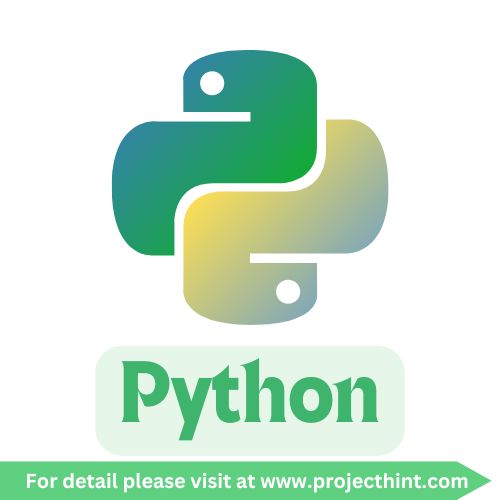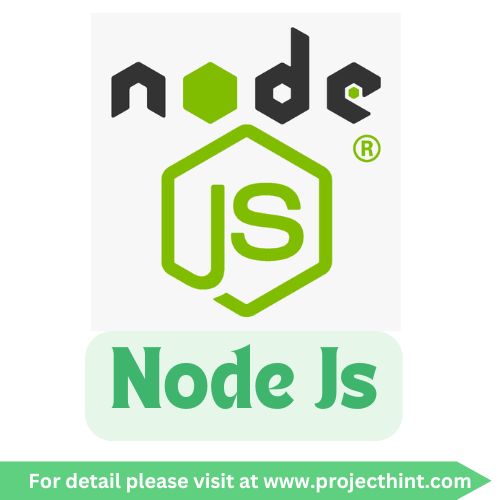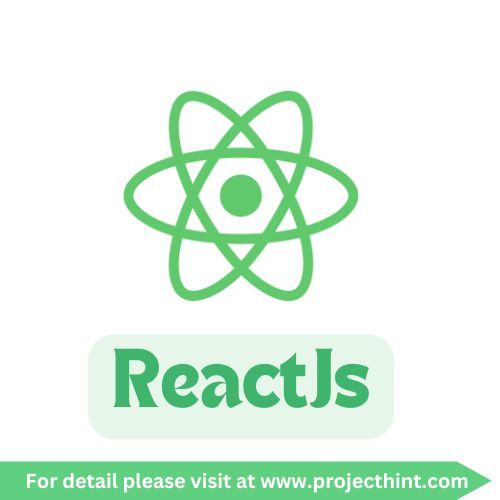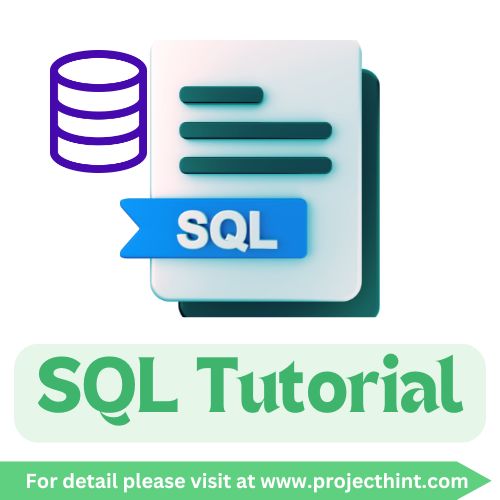SQL Tutorial
SQL Tutorial: Master the Fundamentals of SQL
What is SQL?
SQL (Structured Query Language) is a standard programming language used for managing and manipulating relational databases. It allows you to perform various operations, such as querying, inserting, updating, and deleting data, as well as creating and managing database structures.
Why Learn SQL?
- Data Analysis: SQL is the backbone of data-driven decision-making.
- Versatility: Works across all major databases like MySQL, PostgreSQL, SQLite, SQL Server, and Oracle.
- High Demand: SQL skills are highly sought after in data science, web development, and software engineering.
Core SQL Concepts and Commands
1. SQL Syntax
Every SQL command follows a basic syntax that includes keywords like SELECT, FROM, and optional clauses such as WHERE and ORDER BY. Here's a basic query:
2. SQL SELECT
Used to retrieve data from a table:
3. SQL SELECT DISTINCT
Fetch unique values to eliminate duplicates:
4. SQL WHERE
Filter data based on conditions:
5. SQL AND & OR
Combine multiple conditions:
6. SQL ORDER BY
Sort query results in ascending or descending order:
7. SQL INSERT
Add new records to a table:
8. SQL UPDATE
Modify existing records:
9. SQL DELETE
Remove records from a table:
10. SQL JOINS
Combine rows from multiple tables based on related columns:
How to Get Started with SQL
- Set Up a Database: Use MySQL, SQLite, or PostgreSQL.
- Practice Basic Queries: Start with
SELECTandWHEREclauses. - Explore Advanced Topics: Learn joins, subqueries, and functions.
- Use Tools: Utilize database management tools like phpMyAdmin, pgAdmin, or DBeaver.
- Practice Regularly: Work on real-world datasets for hands-on experience.
Common SQL Use Cases
- Web Development: Store and retrieve user data.
- Data Analysis: Perform analytics and generate reports.
- Business Intelligence: Create dashboards and KPIs.
- Data Science: Extract and preprocess data for machine learning.




















